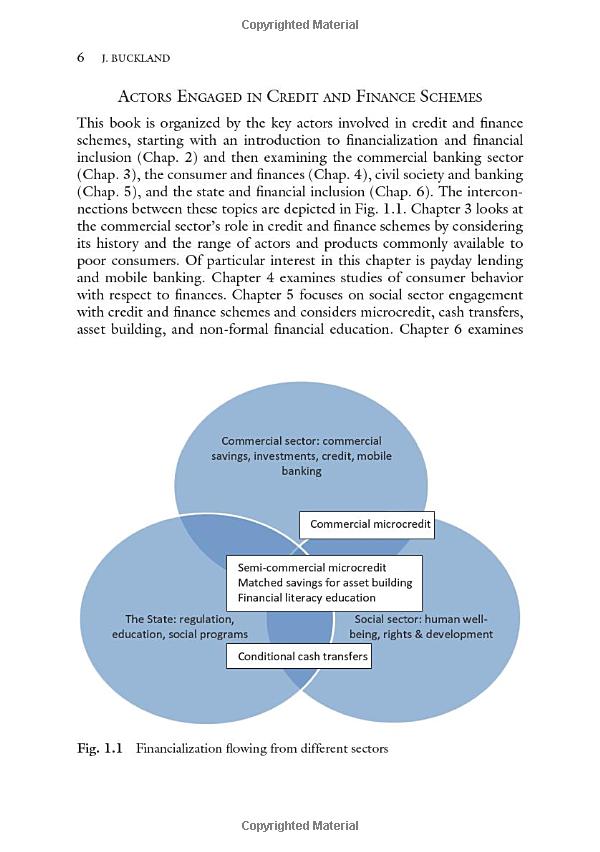Understanding the Impact of Interest Rate on Home Loan: A Comprehensive Guide
When considering purchasing a home, one of the most critical factors to understand is the interest rate on home loan. This rate significantly influences you……
When considering purchasing a home, one of the most critical factors to understand is the interest rate on home loan. This rate significantly influences your monthly mortgage payments and the total cost of your home over time. In this guide, we will delve into what the interest rate on home loan means, how it is determined, and the various factors that can affect it.
The interest rate on home loan is essentially the cost of borrowing money from a lender to purchase a home. It is expressed as a percentage of the total loan amount and can vary widely based on several factors, including the borrower's credit score, the loan type, and the current economic climate. Generally, lower interest rates result in lower monthly payments, making it more affordable for borrowers to manage their finances.
One of the primary determinants of the interest rate on home loan is the borrower’s credit score. Lenders assess credit scores to gauge the risk of lending money. A higher credit score typically leads to more favorable interest rates, while a lower score can result in higher rates. This is because lenders perceive borrowers with higher credit scores as less risky and more likely to repay their loans on time.

Another factor influencing the interest rate on home loan is the type of loan being sought. There are various loan options available, such as fixed-rate mortgages and adjustable-rate mortgages (ARMs). Fixed-rate mortgages maintain the same interest rate throughout the loan term, providing stability in monthly payments. In contrast, ARMs have interest rates that can fluctuate based on market conditions, which can lead to lower initial payments but potential increases over time.
The broader economic environment also plays a significant role in determining the interest rate on home loan. Central banks, such as the Federal Reserve in the United States, set benchmark interest rates that influence the overall lending landscape. When the economy is strong, interest rates may rise to curb inflation, while during economic downturns, rates may be lowered to encourage borrowing and investment.

Understanding the trends in the interest rate on home loan can be crucial for potential homebuyers. Monitoring these rates can help buyers decide when to enter the market. For instance, if rates are projected to rise, it may be advantageous to secure a loan sooner rather than later. Conversely, if rates are expected to fall, waiting could lead to better financing options.
In addition to these factors, individual circumstances such as the down payment amount and the loan term can also affect the interest rate on home loan. A larger down payment often results in a lower interest rate, as it reduces the lender's risk. Similarly, shorter loan terms typically come with lower rates, as lenders are exposed to less risk over a shorter period.

In conclusion, the interest rate on home loan is a pivotal aspect of the home buying process that can have lasting financial implications. By understanding the various factors that influence these rates, potential homeowners can make informed decisions that align with their financial goals. Whether you are a first-time buyer or looking to refinance, staying informed about interest rates is essential for navigating the complex world of home financing.